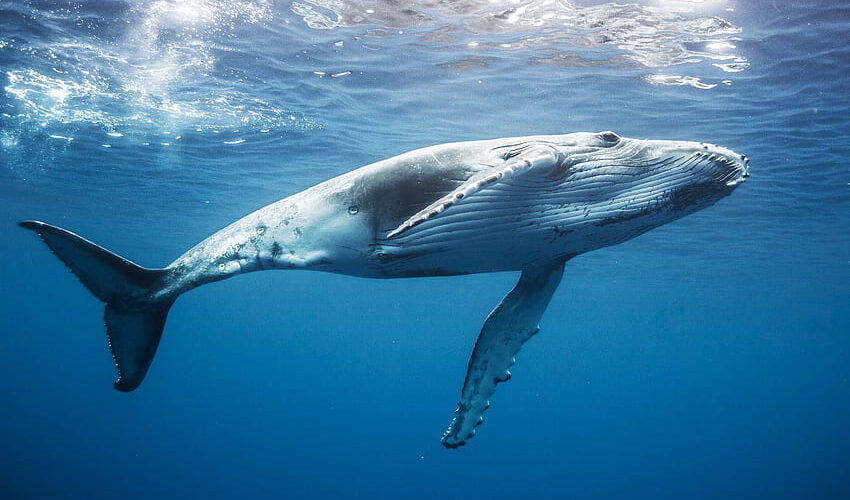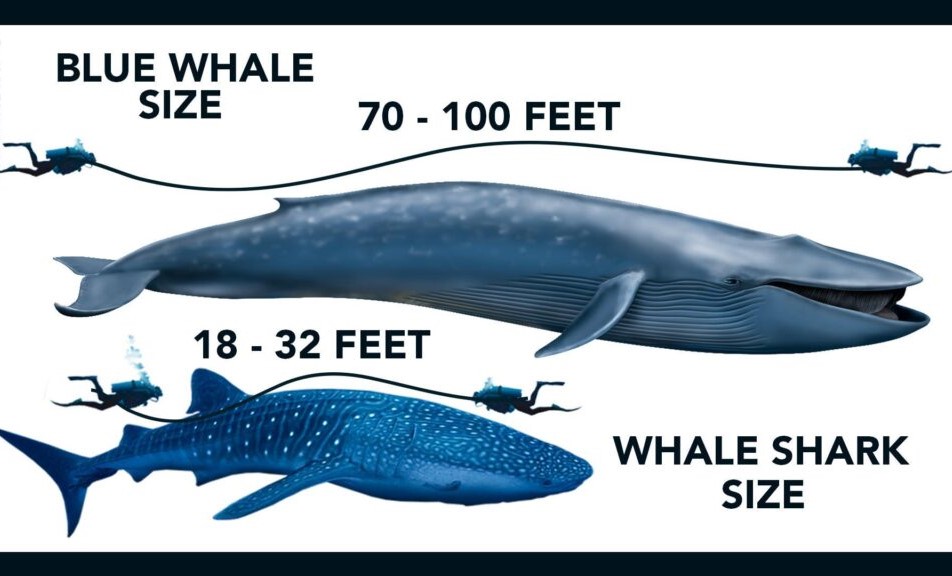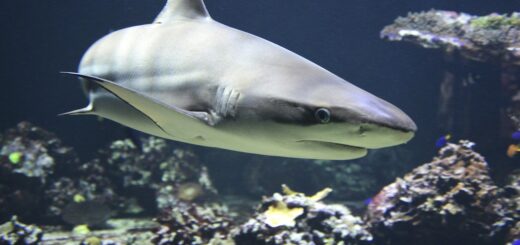Blue Whale – A Deep Dive into the World’s Largest Animal

The blue whale (Balaenoptera musculus) stands as an awe-inspiring testament to the vastness and diversity of marine life. As the largest animal on Earth, this magnificent creature captures the imagination and curiosity of scientists and nature enthusiasts alike. In this article, we will explore various facets of the blue whale, ranging from its physical characteristics and behavior to conservation efforts aimed at ensuring the survival of this remarkable species.
Physical Characteristics

The sheer size of the blue whale is staggering. Adult blue whales can reach lengths of up to 100 feet (30 meters) and weigh as much as 200 tons. Their bodies are streamlined and sleek, adorned with a distinctive mottled blue-gray coloration. The head, which comprises up to a quarter of their total body length, is broad and flat. The mouth is equipped with baleen plates, comb-like structures that filter out small marine organisms, such as krill, the primary diet of blue whales.
Habitat and Migration
Blue whales are found in oceans across the globe, with distinct populations inhabiting various regions. They are known for their remarkable migrations, often covering thousands of miles. During the feeding season, blue whales can be found in polar waters where food is abundant. As winter approaches, they undertake long journeys to warmer, low-latitude waters for breeding and calving.
Communication and Behavior
Communication is a vital aspect of blue whale behavior. These gentle giants produce low-frequency sounds, including haunting moans and distinct patterns of pulses, which can travel vast distances underwater. Such vocalizations play a crucial role in various social behaviors and mating rituals.
Blue whales are generally solitary creatures, but they do engage in social interactions, especially during the breeding season. Calves stay close to their mothers, often swimming in tandem, providing a glimpse into the familial bonds that exist within these massive marine families.
Conservation Challenges
Despite their impressive size, blue whales face several threats that jeopardize their populations. Collisions with large vessels, entanglement in fishing gear, and the impacts of climate change on their prey are significant concerns. Additionally, the historical over-exploitation of blue whales for their blubber, meat, and other body parts has had lasting effects on their numbers.
Conservation Efforts
International efforts have been underway to protect and conserve blue whale populations. Various organizations and governments collaborate to establish marine protected areas, regulate shipping lanes to reduce collisions, and implement measures to mitigate climate change impacts. Conservationists also emphasize public awareness and education to foster a sense of responsibility toward preserving the oceanic ecosystems that blue whales inhabit.
Conclusion
The blue whale, with its colossal presence and mysterious underwater lifestyle, remains one of nature’s most remarkable creations. As we continue to unravel the intricacies of their biology and behavior, it becomes imperative to work collectively to safeguard these majestic creatures. Through conservation initiatives and a deeper understanding of their needs, we can hope to secure a future where the haunting calls of the blue whale continue to resonate through the vastness of our oceans








